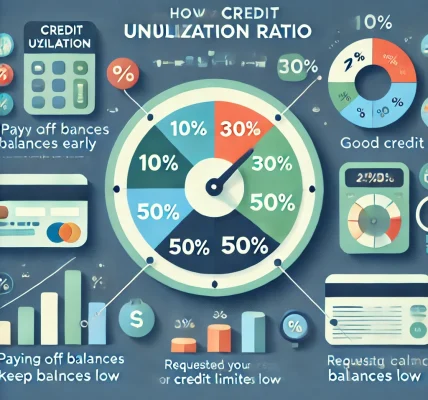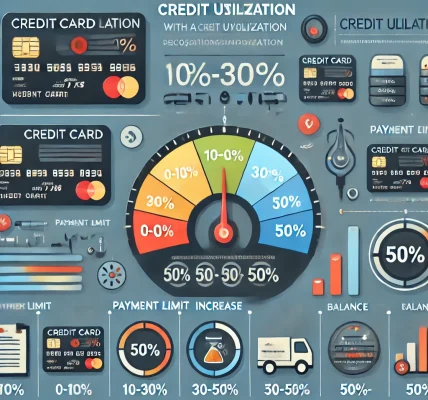Managing credit card debt can be overwhelming, especially with high-interest rates piling up. One popular solution is a credit card balance transfer, which allows you to move your outstanding balance from one credit card to another, typically with a lower interest rate. But is it the right choice for you? Let’s explore the benefits, drawbacks, and key considerations before making a decision.
What is a Credit Card Balance Transfer?
A credit card balance transfer is a process where you transfer your existing credit card debt to another card with a lower or 0% introductory interest rate. This can help you save on interest and pay off your debt faster.
How Does a Balance Transfer Work?
- Choose a New Credit Card – Look for one with a lower interest rate or a 0% promotional APR offer.
- Apply for the Transfer – Provide details of your existing credit card debt to the new issuer.
- Approval & Transfer – Once approved, the new issuer pays off your old debt, and you now owe the balance to the new card.
- Repay Within the Introductory Period – Most 0% APR offers last 6-18 months, so aim to pay off the debt before the period ends.
Pros of a Credit Card Balance Transfer
✅ Lower Interest Rates – Saves money by reducing or eliminating interest for a limited time. ✅ Debt Consolidation – Combines multiple debts into one, making repayment more manageable. ✅ Faster Debt Payoff – With no or low interest, more of your payment goes towards reducing the principal balance. ✅ Improves Credit Score – Lowering credit utilization and making timely payments can boost your credit rating.
Cons of a Credit Card Balance Transfer
❌ Balance Transfer Fees – Usually 3-5% of the transferred amount, which can add up. ❌ Introductory Period Limitations – Once the 0% APR expires, regular interest rates apply, which can be high. ❌ Approval Challenges – You may need a good credit score to qualify for the best balance transfer offers. ❌ Temptation to Spend – Having available credit may lead to additional spending and more debt.
When is a Balance Transfer a Good Idea?
- If you have high-interest credit card debt and want to save on interest.
- If you can repay the balance within the promotional period.
- If you have a good credit score to qualify for the best offers.
- If you want to consolidate multiple debts into one payment.
When to Avoid a Balance Transfer?
- If you can’t pay off the balance before the promotional period ends.
- If the balance transfer fee outweighs the interest savings.
- If you struggle with controlling spending, as having an additional credit card could lead to more debt.
Tips for a Successful Balance Transfer
- Compare Offers – Look for cards with a long 0% APR period and low fees.
- Read the Fine Print – Understand all terms, including what happens after the promo period ends.
- Make Timely Payments – Missing a payment can cancel the promotional rate.
- Avoid New Debt – Focus on repaying the transferred balance instead of accumulating more charges.
Final Verdict: Is It a Good Option?
A credit card balance transfer can be a smart financial move if used correctly. It can help you reduce debt faster and save on interest. However, it requires discipline and careful planning to avoid falling into deeper financial trouble. Evaluate your financial situation, compare offers, and create a repayment plan before making the move.
Have you ever used a balance transfer? Share your experiences in the comments below!




